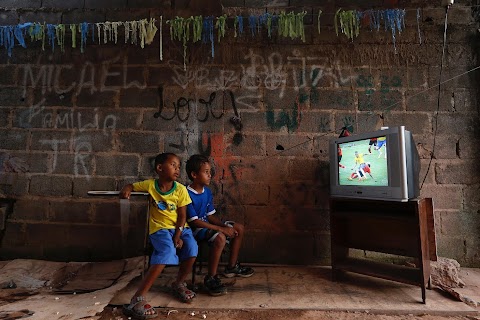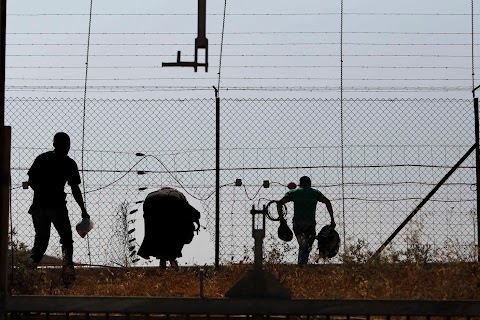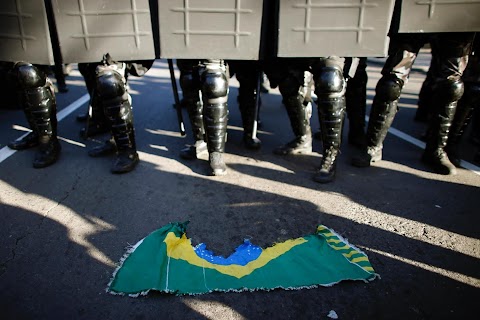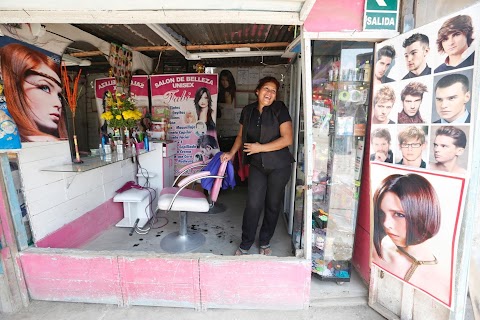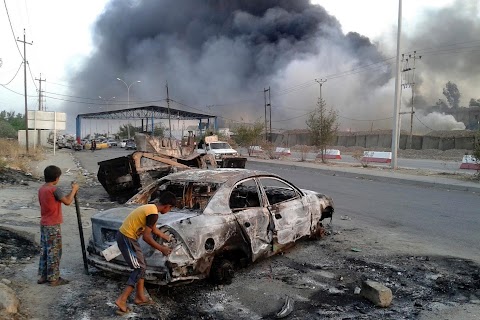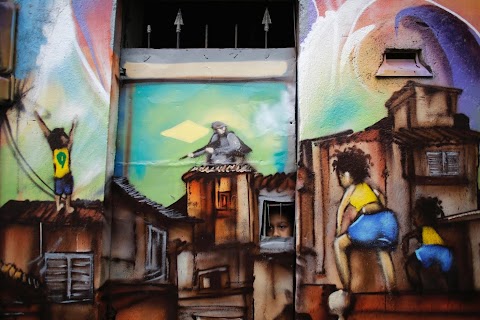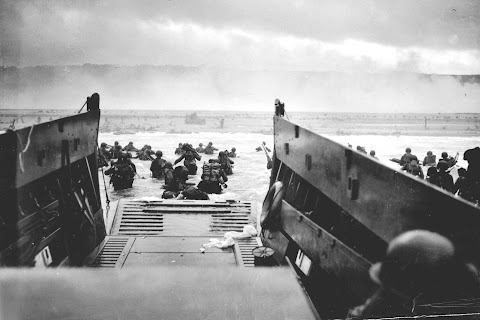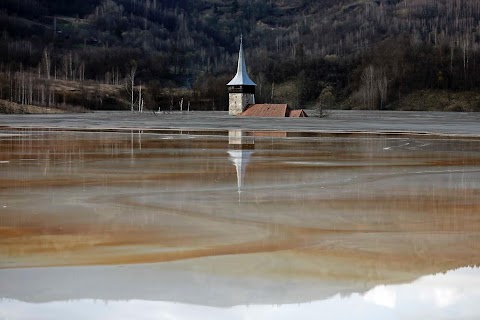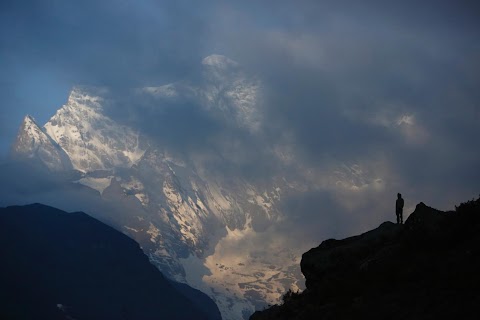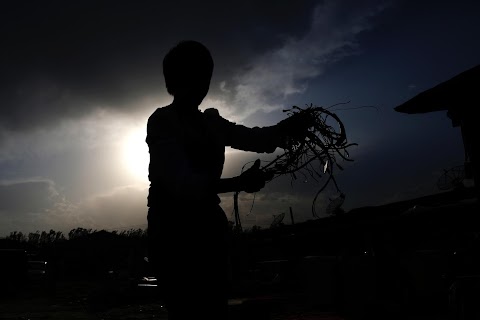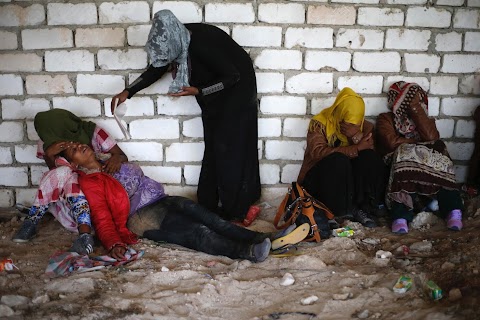
Migrant flight through Libya
 Ahmed Jadallah
Ahmed Jadallah
Dehydrated and exhausted, illegal migrants rest on the ground after being detained in the northern Libyan city of Zawiya. They may have been caught, but many more have made it through the country unhindered.
Libya’s southwestern tip in the Sahara has become a busy throughway for illegal migrants from sub-Saharan countries heading for Europe, with the chaotic government in Tripoli seeming to have abandoned control.

In the image above, a desert road marks the hazy border between Libya, in the foreground, and Algeria, stretching into the distance.
It has always been a challenge to seal Libya's more than 2,000 km-long southern border, but since the revolt that overthrew Libyan leader Muammar Gaddafi three years ago, it appears few are even trying.
The uprising against Gaddafi emptied Libya's arsenals, flooded the region with guns and dismantled much of the state apparatus.
Tripoli, far to the north, has reduced funding to border troops as it grapples with a budget crisis due to protests that shut down oil exports, and well-organised smuggler networks operate along the frontier.

His face covered, a Libyan smuggler talks with a group of illegal migrants in the border town of Ghat, before taking them through the desert to the north of the country.
Border officials say up to 200 Africans cross the border strip here every day, most headed to the Mediterranean coast for the onward trip to Europe by boat.
Smugglers not only shepherd migrants, they also ship items such as petrol and wheat south into sub-Saharan Africa or west into Algeria, profiting off the lavish state subsidies that keep such goods cheap in Libya.

His eyes piercing and bloodshot, an African emigrant is covered with a shawl at a detention centre in Zawiya.
Many others, however, have passed through without capture. According to the Italian coast guard, at least 50,000 people have crossed from North Africa to Italy by boat so far this year, already far exceeding the 40,000 who arrived in the whole of 2013. Most came over land from sub-Saharan Africa, via Libya.
Slideshow

Flip-flops left behind by an African emigrant are seen on the desert border between Libya and Algeria.

A Libyan soldier (right) and a member of a security unit patrol along the border.

A Touareg man sits at the Libyan passport control post near the border with Algeria.

Illegal migrants are seen inside their temporally accommodation in Ghat. Many migrants work in the town to pay for their journey onto Europe.

A migrant looks out of his temporary accommodation in Ghat.

Another migrant poses for a photograph.

Migrants sit by the side of the street.

A Libyan smuggler (his face covered) leads migrants into the desert.

African migrants are guided from Ghat by a smuggler (not pictured).

Emigrants are transferred to a detention centre after being detained in a smuggling truck.

A Libyan soldier talks to illegal migrants are they were captured.

Dehydrated and exhausted, migrants lie on the ground after being detained.

The body of a migrant who died from suffocation while been smuggled with more than 180 others is taken away by a Libyan ambulance.

Graffiti left by illegal African migrants is seen inside a detention centre in Zawiya.

An illegal emigrant prays at the centre.

An emigrant holds up his ID.
